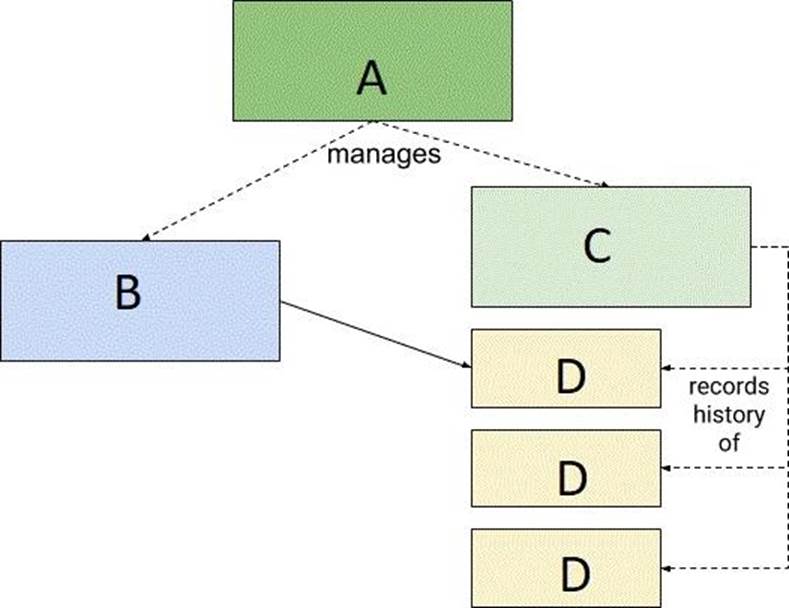IBM C1000-126 IBM WebSphere Hybrid Edition V5.0 Solution Architecture Online Training
IBM C1000-126 Online Training
The questions for C1000-126 were last updated at Dec 12,2025.
- Exam Code: C1000-126
- Exam Name: IBM WebSphere Hybrid Edition V5.0 Solution Architecture
- Certification Provider: IBM
- Latest update: Dec 12,2025
Knative Serving defines a set of objects as Kubernetes Custom Resource Definitions (CRDs). These objects are used to define and control how a serverless workload behaves on the cluster.
Which combination of knative resources fits to the diagram?

- A . A = Configuration, B = Service, C = Revision, D = Route
- B . A = Revision, B = Route, C = Service, D = Configuration
- C . A = Route, B = Service, C = Configuration, D = Revision
- D . A = Service, B = Route, C = Configuration, D = Revision
What does a Persistent Volume Claim (PVC) represent in OpenShift?
- A . The number of CPU processing units that can be allocated to an application pod
- B . The amount of memory that can be allocated to a node, so the Developer can state how much memory is required for an application to run
- C . A storage area that has been requested by a pod to store data
- D . A storage area that a pod can use to store data and is only provisioned by the Application Developer
With IBM Mobile Foundation, applications are built for a target Mobile Foundation Server and have a server-side configuration on the target server.
What must be done to an application on the Mobile Foundation Server before it can be configured?
- A . Apply basic security
- B . Expose the application in the service registry
- C . Update the service proxy
- D . Register the application
DRAG DROP
What is the correct sequence of steps when using the IBM Cloud Pak for Applications application stack to create, locally execute, and deploy a cloud-native application?

What are two principles for developing cloud-native applications?
- A . WebSphere Low Level Entity
- B . Maven single package
- C . Image immutability
- D . JavaScript module
- E . Single concern
In the context of microservice architecture, what is meant by Backend for Frontend (BFF)?
- A . A pattern that provides discovery mechanisms to cope with the transience of service instances
- B . A pattern for translating relationships between classes or objects that are otherwise incompatible
- C . A pattern that involves incrementally refactoring a monolithic application into microservices
- D . A pattern that inserts a layer between the user interface and the resources that are accessed
What are two of the day 2 operation requirements for service management in a cloud native reference architecture?
- A . Key management
- B . Authorization
- C . Logging
- D . Distributed tracing
- E . Authentication
What is provided by every Accelerators for Teams application stack?
- A . A file for a Developer to store credentials
- B . A container image with a runtime and framework for use in application development
- C . A helm chart that will install the application and any application stack dependencies
- D . The OpenShift oc CLI
How does Accelerators for Teams help development in complying with company standards?
- A . It allows operations teams to perform tests in the local development process
- B . It allows any member to configure delivery pipelines
- C . It allows developers to select any code runtime versions in an application
- D . It allows governance checks of the application during deployment
A top level directory listing of an application stack contains the following:
README.md stack.yaml image (directory) templates (directory)
Within the image directory are the following:
config (directory) project (directory) Dockerfile-stack
Based on the scenario above, where should a Solution Architect look to understand which endpoints are being used for readiness and liveness by applications created by the stack?
- A . In the image/project directory
- B . In the image/Dockerf ile-stack file
- C . In the stack.yaml file
- D . In the conf ig directory
Latest C1000-126 Dumps Valid Version with 60 Q&As
Latest And Valid Q&A | Instant Download | Once Fail, Full Refund


